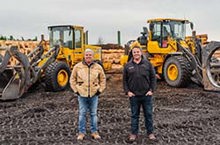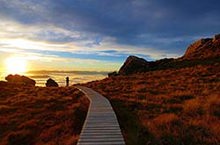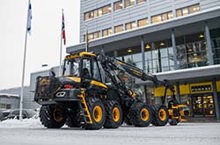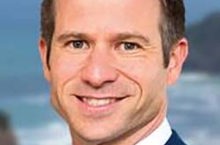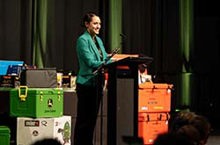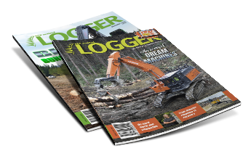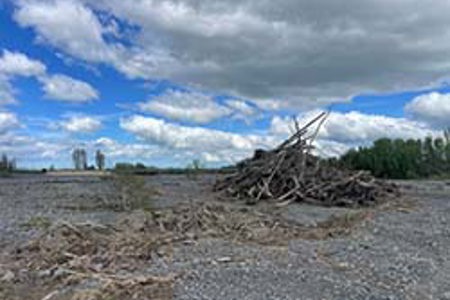
Hawke’s Bay Regional Council is removing nearly 40,000 tonnes of woody debris from Hawke’s Bay rivers and catchments. The Regional Council used aerial surveys to identify and prioritise high-risk catchments that include Waipawa River, Mangaone River, Aropaoanui River, Esk River, Mangakapikopiko Stream, and Wairoa River.
Regional Council, Acting Group Manager Integrated Catchment Management Anna Madarasz-Smith, says removal of woody debris is crucial to prevent any further damage to infrastructure and local communities throughout the region.
“Cyclone Gabrielle caused a number of land slips, which brought down trees that are near the edges of waterways or in the rivers. Now, it’s incredibly important we work quickly to safely remove what we can to reduce risk of any further damage in another rain event.
“With funding from Ministry of Primary Industries, we are shredding and burning the debris, including heli-burning high in the Waipawa River catchment.”
A total of $4 million was received by MPI to remove a minimum of 40,000 tonnes of woody debris from the upper catchments in the region.
Work on the clearing began in June 2023 and is expected to be completed by May 2024.
The Silt Recovery Taskforce has removed nearly 150,000 tonnes from around the region’s rivers, bridges and beaches, 17,500 of that in Wairoa .
Taskforce Lead, Darren de Klerk, says this work is key to allowing the community to areas access recreational areas safely and prevent wood remobilising or becoming a fire hazard. “We’ve managed 150,000 tonnes of wood around the region, either stacking it into piles, chipping/shredding or burning. This allows the beach to be used for recreational use again and prevents the debris being swept back out to sea,” says Mr de Klerk. “We know there is still a significant amount of woody debris out there, with a significant amount of that being along the coast between Waikare and Māhia. “We’re very aware of the concern in the community, particularly where it could build up at river mouths and beaches, and the need for this work to continue. We’re working with the Regional Recovery Agency and Hawke’s Bay councils to support our community, and continue to seek further funding from Government.”

